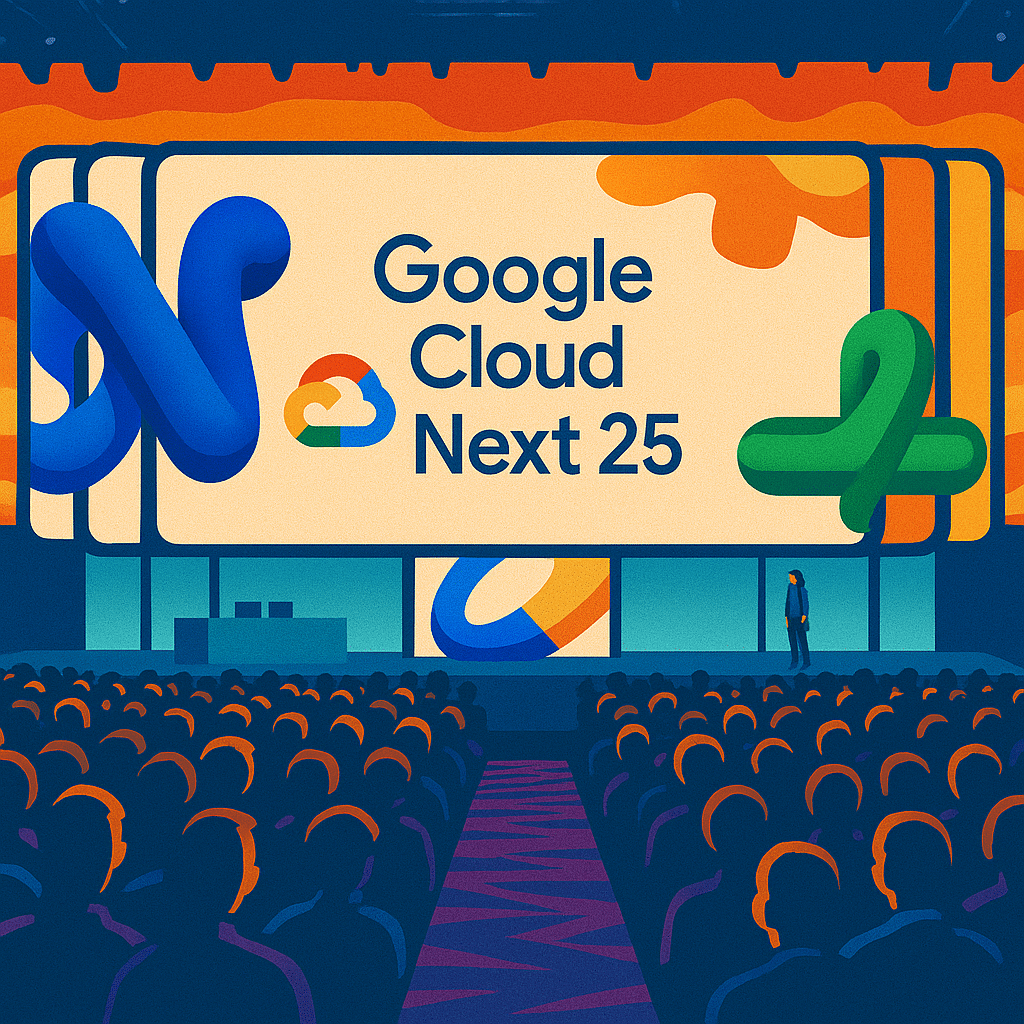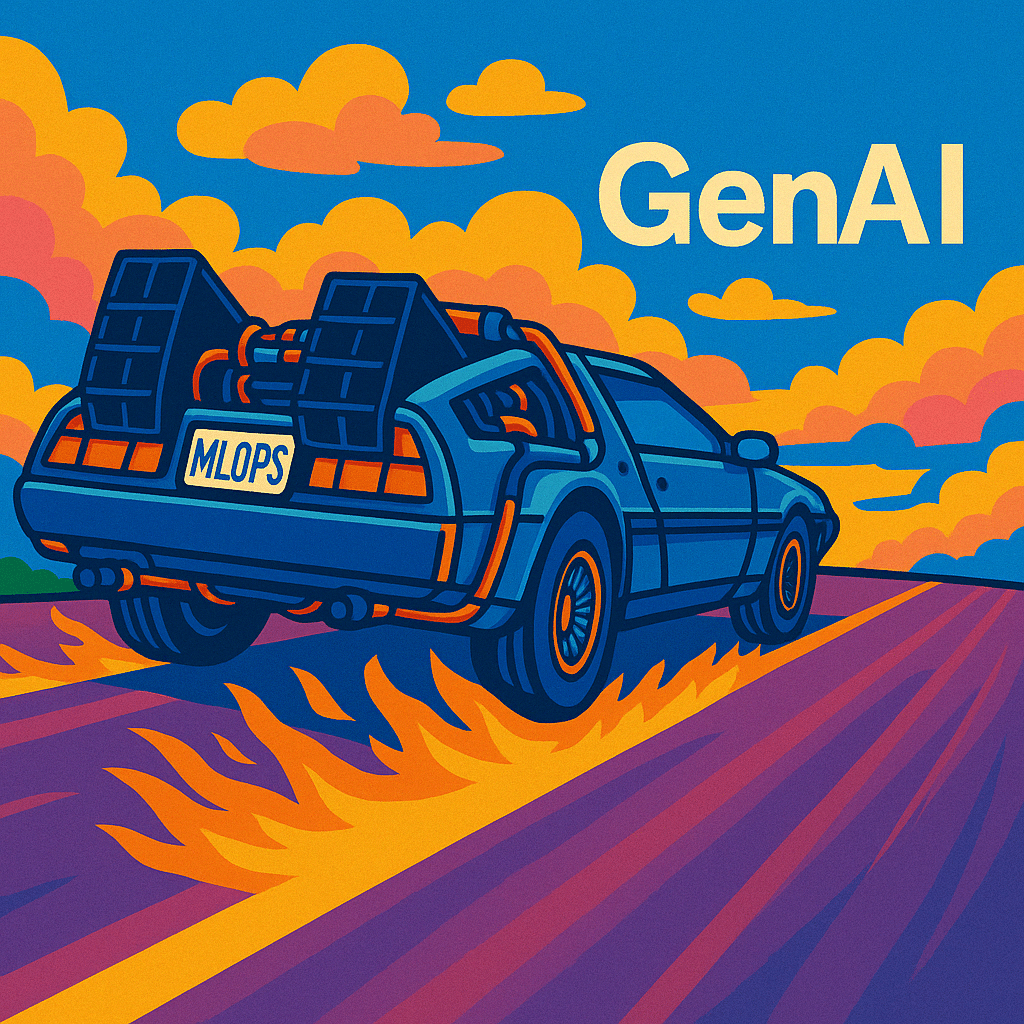A few weeks ago I had the opportunity to speak at the inaugural FWD:DFW conference sponsored by Capital One Finance, the bank’s Plano-based auto finance arm. The event, which attracted speakers from around the country and across Capital One and attendees from throughout the Dallas-Fort Worth region, was focused on data-driven innovation.
A recurring theme at the event, and in my discussions with Capital One leaders there, was transformation. Specifically, how companies can apply a variety of emerging technologies and tools–including, of course, machine learning and AI–in service of the broader goal of reshaping the customer experience and the organization’s ability to innovate more rapidly and operate more efficiently.
The event offered numerous examples of this principle at work including finance industry standbys like credit monitoring, fraud and anomaly detection, anti-money laundering, and forecasting transaction volume.
Beyond these, though, several particularly interesting examples of innovation in the customer experience were shared. My favorite, presented by Capital One Finance’s Jason Hoover & Micah Price, discussed a new app intended to help enhance the car buying experience.
Consider this scenario: you’re on the street or in a parking lot and see a great-looking car. You think, “Wow, what’s that and how much would it cost to get into one of those?” Well, Cap One may soon have a neat trick in store for you with new features coming to its AutoNavigator app.
 With a forthcoming AI- and AR-enhanced version of the AutoNavigator app, customers may be able to point their phones in the direction of their dream ride and, with the click of a button, get an AR overlay with all the details they need to know, including the make, model, trim (i.e. options), and year of the car, the cost to buy, and their estimated monthly payment. If the user is registered and pre-approved with AutoNavigator, they’ll also get an indication of whether the car is within their pre-approved budget.
With a forthcoming AI- and AR-enhanced version of the AutoNavigator app, customers may be able to point their phones in the direction of their dream ride and, with the click of a button, get an AR overlay with all the details they need to know, including the make, model, trim (i.e. options), and year of the car, the cost to buy, and their estimated monthly payment. If the user is registered and pre-approved with AutoNavigator, they’ll also get an indication of whether the car is within their pre-approved budget.
Behind the scenes, the app uses deep learning to determine the details of the vehicle in question. While this might sound like a vanilla application of DL-based computer vision, several interesting aspects of this problem presented challenges to realizing the app.
First, the team had to address the fine-grained nature of the car classification task. If you think about the similarities between different years and trim levels of the typical car, particularly between major model updates, the difficulty of this task becomes clear. This is much harder than hot dog/not hot dog! The team’s presentation shared several of the techniques they used to overcome these challenges, including the unsupervised generation of labels for training, and the judicious use of transfer learning, data augmentation, and network fine-tuning.
Next, the team had to address various issues related to mobile deployment, including network bandwidth and latency issues. These considerations led to a decision to use an on-device neural network for inference, which leads to constraints on the size of the model on the device. To address these issues, they tested a variety of mobile-optimized models and found that these allowed them to meet their size target without to sacrifice much accuracy.
The result is a slick new product feature that takes advantage of both AI and AR to support the company’s broader goal of delivering real-time, intelligent, and automated solutions that financially empower their customers.
More broadly though, it’s a blueprint for how firms can harness the full spectrum of emerging technologies to achieve broader transformational aims. When tightly focused on enriching the customer experience, what might otherwise be a collection-of-buzzwords-in-search-of-a-problem becomes a robust toolset for data-driven value creation.
Have you seen interesting examples of AI combined with other cutting-edge technologies to create business value? If so, please share!
Sign up for our Newsletter to receive this weekly to your inbox.





